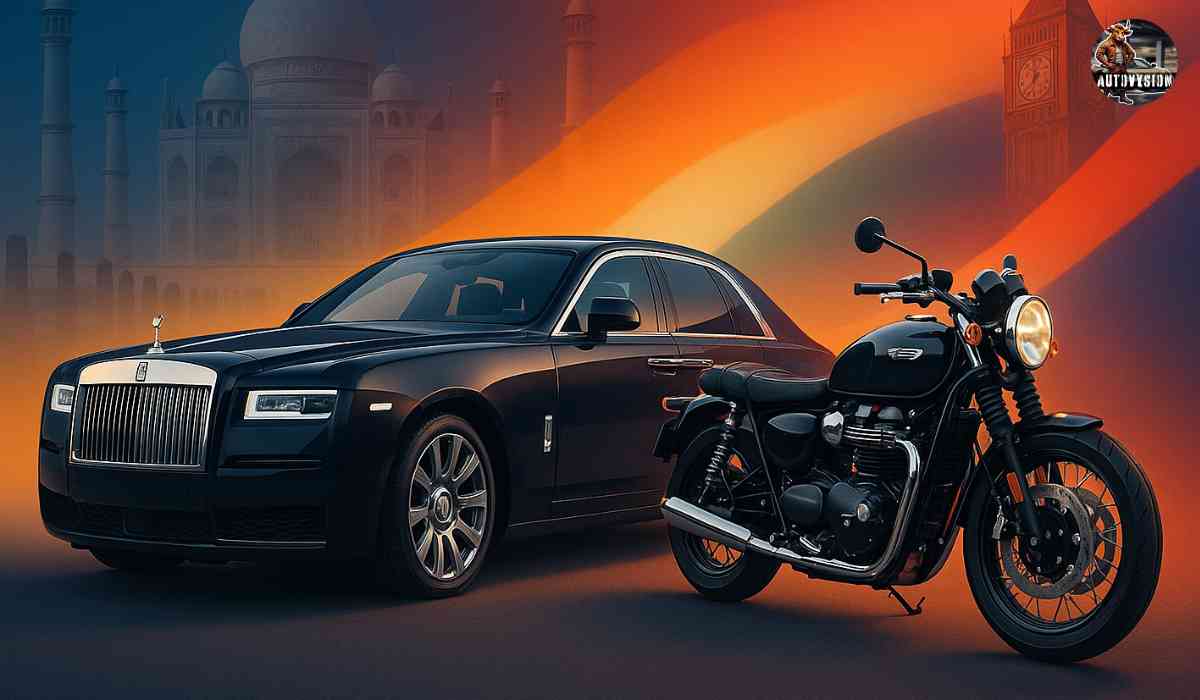The recently finalized India-UK Free Trade Agreement (FTA) is making headlines for a big reason: luxury cars and premium bikes imported from the United Kingdom are set to become much more affordable in India. This landmark deal, concluded on May 6, 2025, after years of negotiations, promises to reshape the automotive market and bring a wave of excitement for car and bike enthusiasts across the country.
FTA 2025
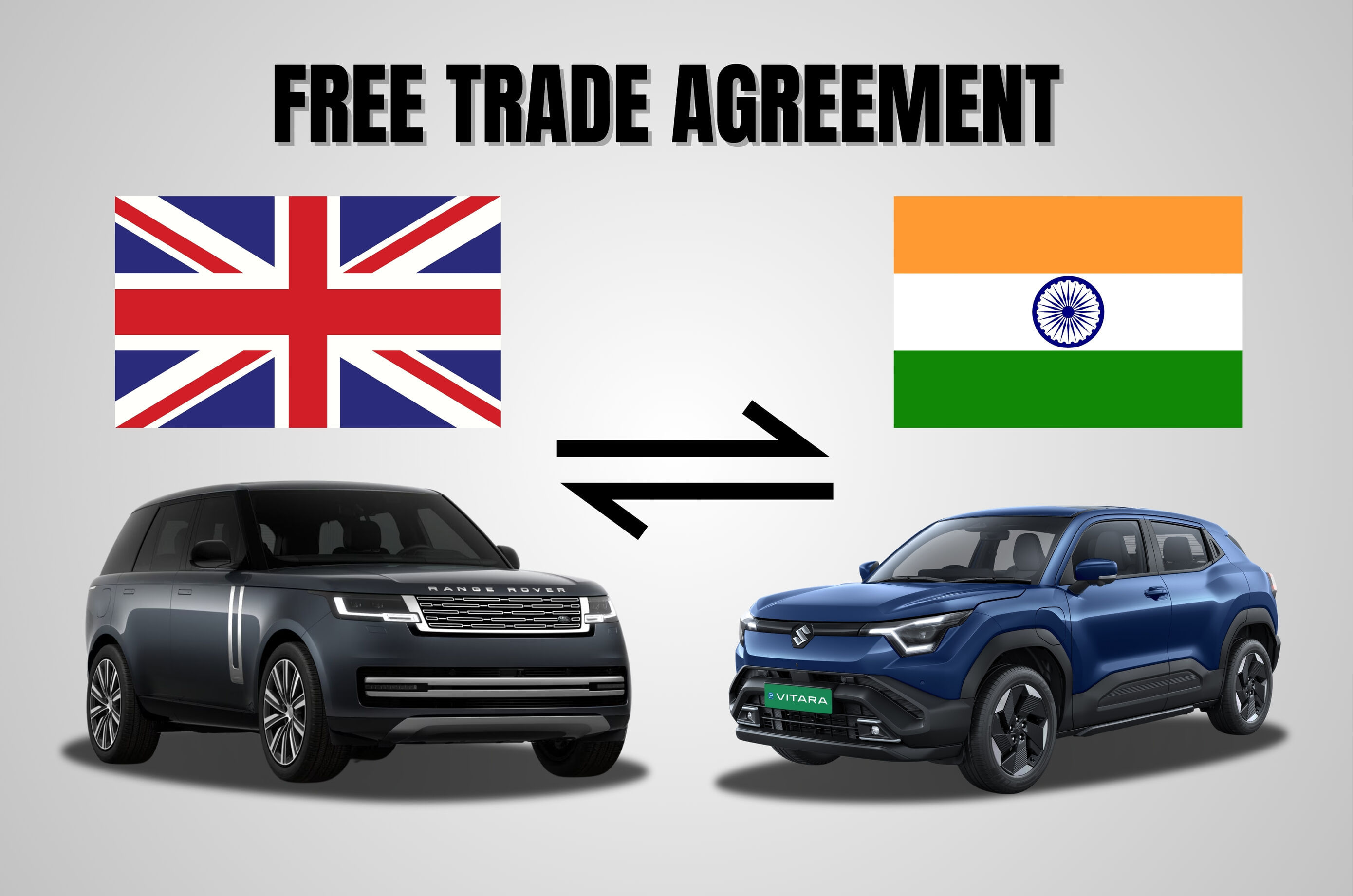
What Has Changed?
Currently, India imposes import duties of over 100% on luxury cars and premium motorcycles brought in from the UK. This means that a car or bike costing ₹1 crore in the UK could end up costing more than ₹2 crore by the time it reaches Indian showrooms, making them accessible only to a select few. Under the new FTA, these duties will be slashed to just 10% for vehicles meeting certain criteria and within a specified quota.
This dramatic reduction-over 90% in some cases-is expected to bring down the prices of iconic British brands such as:
Rolls-Royce
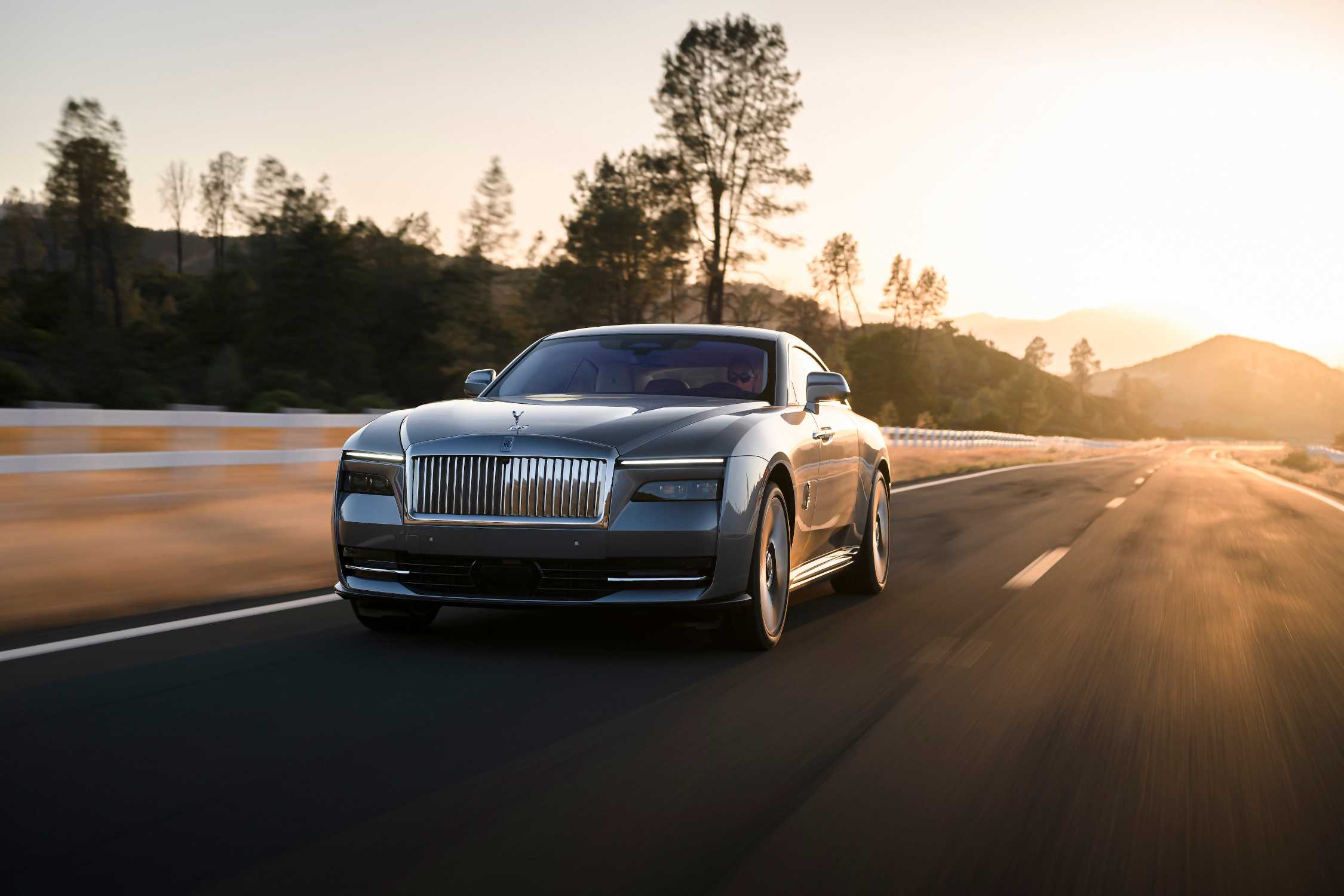
Bentley

Aston Martin
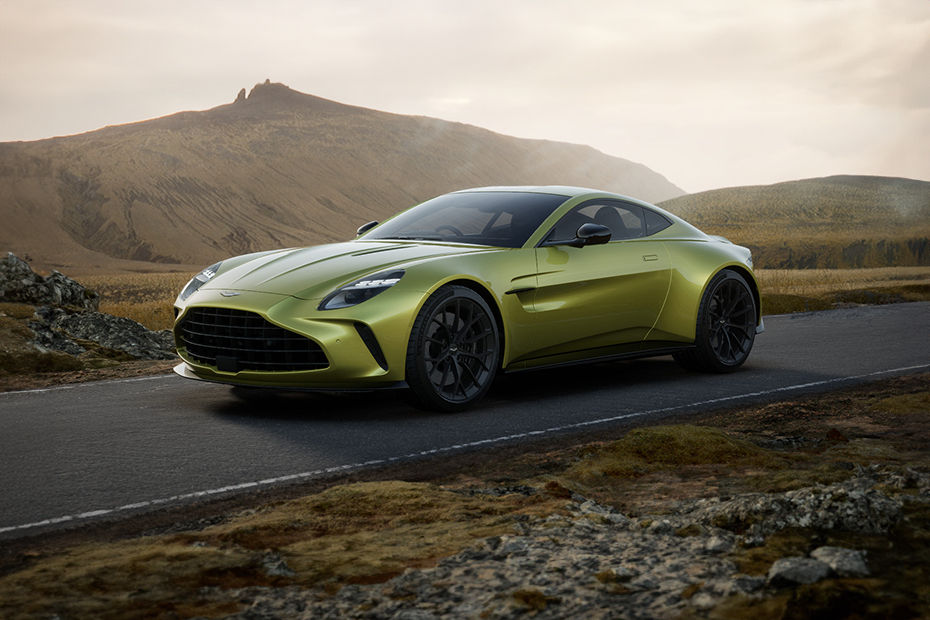
Land Rover (JLR)

McLaren

Norton Motorcycles

How Will This Affect Buyers?
For Indian buyers, the biggest impact will be the lower price tags on luxury vehicles and bikes. While the details of the quota system (the maximum number of vehicles eligible for reduced tariffs) are still being finalized, even a limited number of cheaper imports could make a big difference. More people will be able to consider owning a British luxury car or a high-end bike, and the overall market for premium vehicles is likely to grow.
Why Is This Happening?
The FTA aims to boost trade between India and the UK by reducing tariffs on a wide range of goods. For the UK, it opens up a massive market for its high-value exports, including luxury automobiles. For India, it means access to advanced automotive technology and a chance to offer more choices to its consumers. Both countries expect the agreement to create jobs, encourage investment, and strengthen economic ties.
What About Indian Manufacturers?
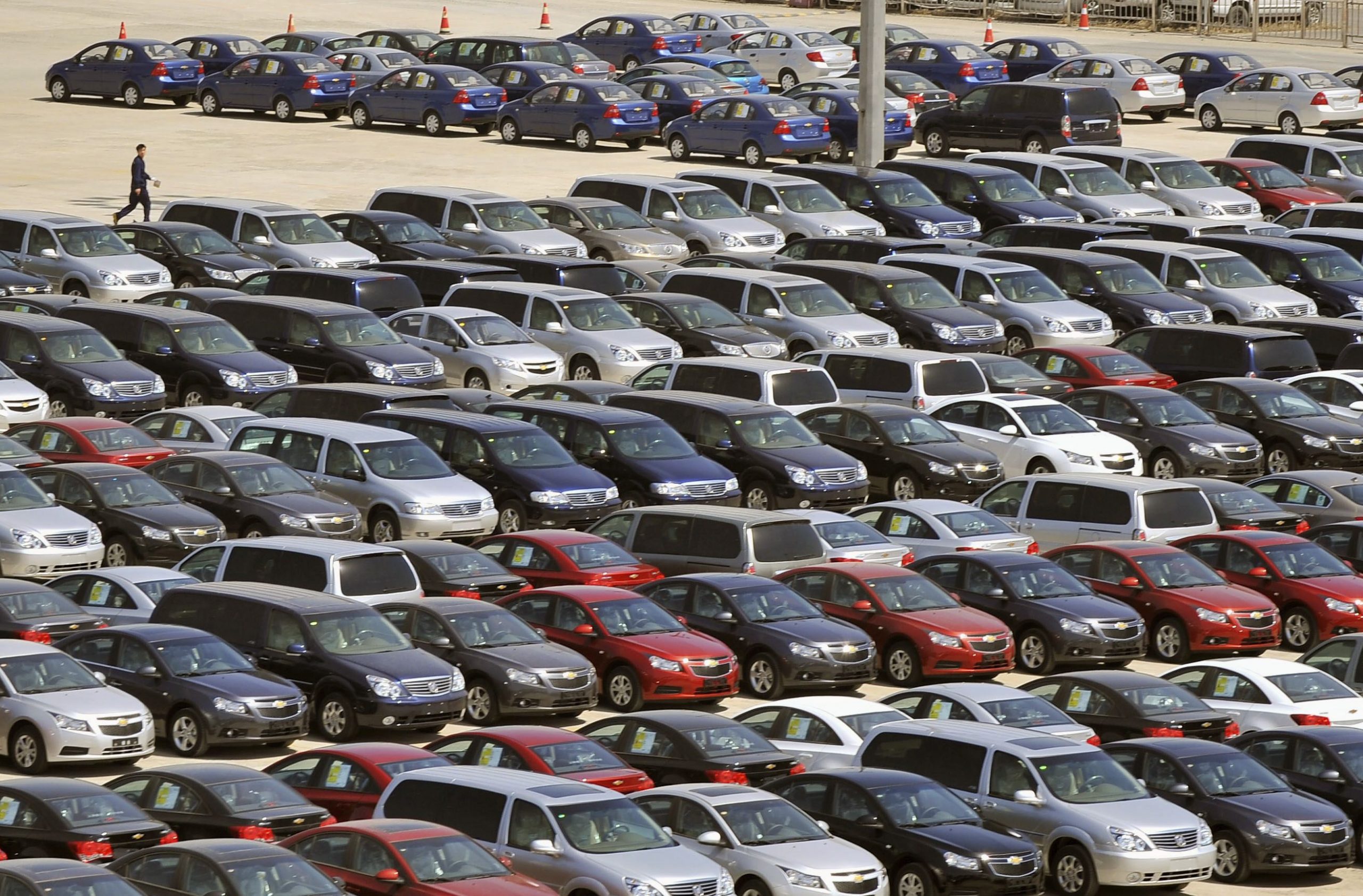
Some people worry that cheaper imported luxury vehicles could hurt Indian carmakers, especially those trying to move upmarket. However, the government has protected domestic interests by:
-
Limiting the number of vehicles that can benefit from the reduced tariff (the quota system).
-
Phasing in the duty reductions over time, especially for internal combustion engine (ICE) vehicles.
-
Excluding certain sensitive sectors and products from tariff cuts altogether.
This approach aims to balance the benefits of lower prices for consumers with the need to support local industry.
Broader Impact: More Than Just Cars
The FTA is not just about luxury vehicles. It covers a wide range of products, from whisky and cosmetics to advanced machinery and textiles. For Indian exporters, the deal opens up tariff-free access to the UK for almost all goods, which could mean more jobs and higher incomes at home.
What’s Next?
The agreement still needs to be ratified by both countries and is expected to take effect sometime in 2026. Once implemented, Indian showrooms could see a new wave of British luxury cars and bikes at prices that were previously unimaginable.
A Win-Win, With Some Caveats

From a consumer’s point of view, the FTA is great news. More choices, better technology, and lower prices are always welcome. For the Indian auto industry, the deal brings both opportunities and challenges. On one hand, it could encourage local manufacturers to innovate and compete globally. On the other, it puts pressure on them to keep up with international standards and pricing.
For the UK, the agreement is a chance to strengthen its presence in one of the world’s fastest-growing markets, especially as it seeks new trade partners post-Brexit. For India, it’s a step towards becoming a more open and competitive economy, while still protecting key sectors.
In Summary
-
Luxury cars and premium bikes from the UK are set to become much cheaper in India due to a sharp cut in import duties-from over 100% to 10% under a quota system.
-
Iconic brands like Rolls-Royce, Bentley, Aston Martin, and Norton could soon be more accessible to Indian buyers.
-
The deal balances consumer benefits with protection for Indian manufacturers.
-
The FTA covers many other products and aims to boost trade, jobs, and investment for both countries.
-
Implementation is expected in 2026, pending final approvals.
The India-UK FTA is a significant step forward for both nations, promising more choices for buyers and new opportunities for businesses-while keeping an eye on the need for fair competition and economic growth.
With inputs from agencies
Image Source: Multiple agencies
©️ Copyright 2025. All Rights Reserved Powered by Vygr Media.

